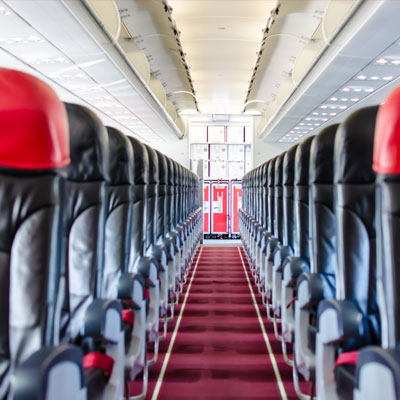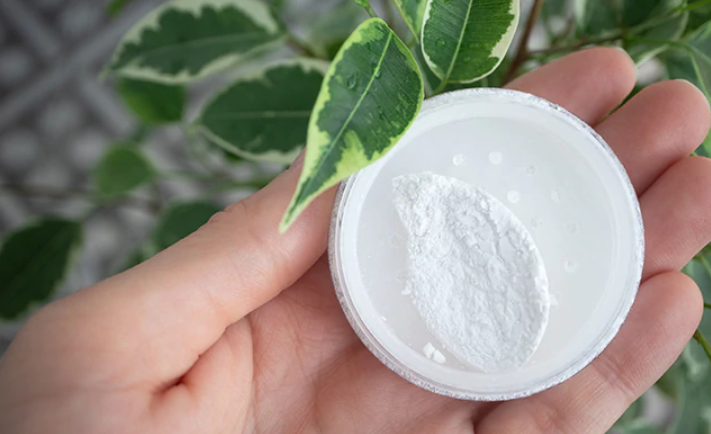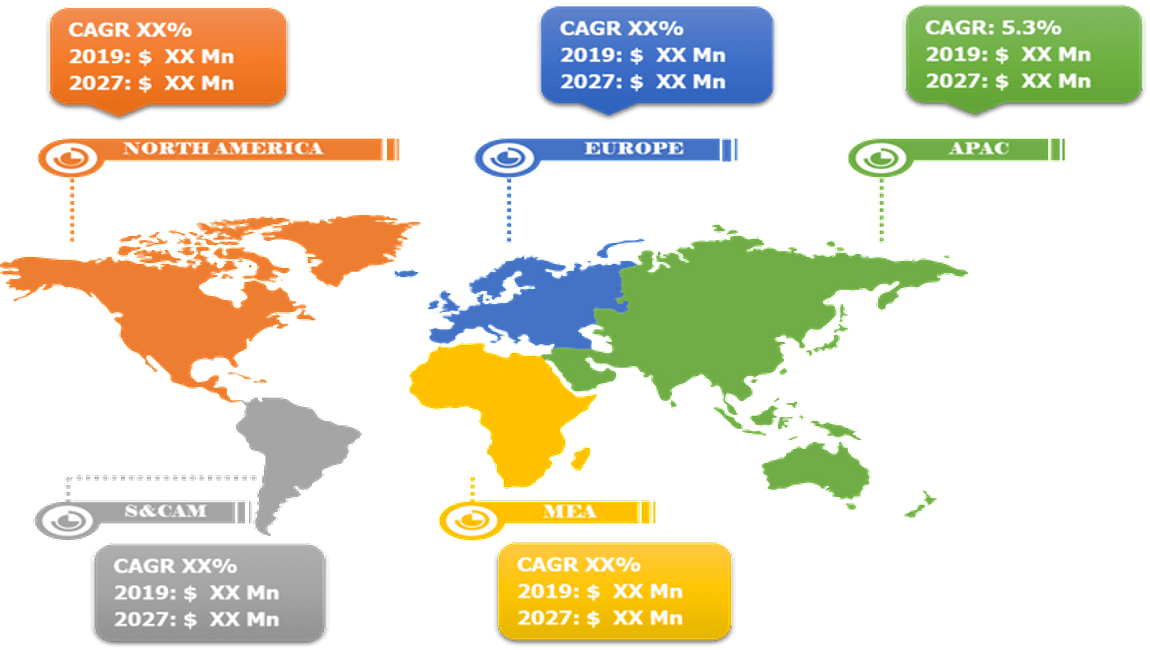INCREASING DEMAND FOR LIGHTWEIGHT INSULATION MATERIALS AND LOW-COST CARRIERS
The rising demand for fuel-efficient engines with corrosion-resistant insulation properties is increasing the demand for lightweight insulation materials. Demand for aerospace insulation is increasing with aircraft manufacturing growth, per capita income, and investment. Rising demand for low-cost carriers from developing economies drives the aerospace insulation market forward. Globalization and increased international trade are driving the demand for global connectivity. Furthermore, growing initiatives to connect peripheral cities to significant aviation hubs and demand for aircraft from the commercial, military and defense is fueling growth to boost the demand for lightweight insulation material. The growing attention to environmental pollution and the growing need to improve fuel efficiency drive the sector’s growth. Increasing technological advances that reduces manufacturing costs and improve fuel efficiency are expected to provide substantial growth opportunities for the industry. The expansion of the commercial as well as regional aircraft fleets is also driving the market growth.
Import and export activities are increasing as global economic conditions are improving. Air transport carries more than 90% of cross-border B2C e-commerce and accounts for around 35% of global trade by value. There is growth in the use of lightweight composite materials to produce aircraft, as these materials are made from a product which includes concrete, fiber reinforced polymer, metal composites, and ceramic composites, these materials are combined to make lightweight composite materials which has high strength, flexibility and are lightweight compared to aluminum or steel materials used in aircraft production. In addition, these materials are corrosion resistant, which means that shell of an aircraft structure remains corrosion resistant in all weather conditions, and an increase in investments in R&D of new materials in the aerospace insulation market leads to the development of advanced composite materials. These composites have heat absorbing ability, lower weight, noise reduction, vibration absorption, and others. All these advances in aircraft isolation technology are driving the market growth. There is also an increasing air passenger traffic all around the globe. Because of the need of aerospace insulation in the cabin for comfort of the passengers, aerospace insulation segment is expected to grow the most during the forecast period.



